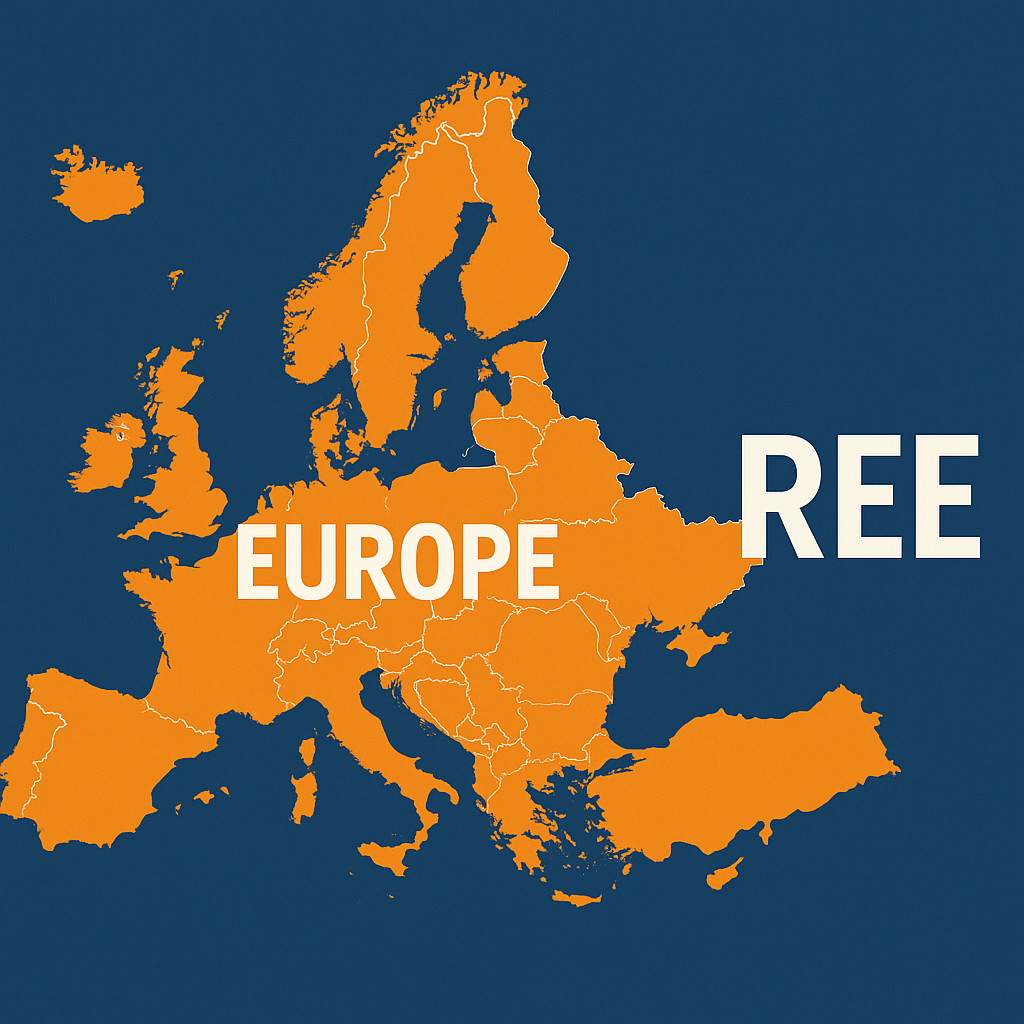Europe’s Rare Earth Dilemma: Strategic Autonomy or Systemic Dependency?

Steencore Strategic Insights | June 2025
Introduction: The Magnets of Modern Power
Rare earth elements (REEs) are the unsung linchpins of the modern economy. From electric vehicles and wind turbines to missile guidance systems and advanced robotics, the European Union’s twin transition—green and digital—depends on secure and predictable access to a group of 17 metals that are anything but rare in geopolitical complexity. Yet in this global race for control over the building blocks of the 21st century, Europe remains dangerously exposed, not due to a lack of awareness, but due to a lack of strategic cohesion.
Europe’s Exposure: A Dependency by Design
Over 80% of REE refining and separation is conducted in China. While Australia and the U.S. have made advances in upstream mining, Europe remains a laggard in both upstream and midstream capabilities. The EU's 2023 Critical Raw Materials Act set a 2030 target for producing 15% of its annual consumption of strategic raw materials domestically. But with REEs, that goal looks increasingly aspirational.The bottleneck is not geology—it is industrial capacity, permitting timelines, and strategic will. Even when Europe sources raw concentrates from jurisdictions like Australia or Brazil, these are often shipped to China for processing before re-entering Europe in magnet or component form.
A Magnet Supply Chain: Fragile and Concentrated
Consider neodymium-iron-boron (NdFeB) magnets, essential for electric motors and wind turbines. Despite having some advanced manufacturers like Germany’s Vacuumschmelze, Europe currently lacks any industrial-scale capability to produce these magnets at the volumes required to meet 2030 climate and defense targets.This concentration of processing and magnet production outside the EU presents three strategic vulnerabilities:
- Supply Disruption Risk – Any geopolitical tension with China (e.g., Taiwan Strait crisis) could choke off supply.
- Price Volatility – China’s position as a price setter leads to market distortions that affect EU manufacturers’ competitiveness.
- Technological Lag – Dependency on external innovation stifles Europe’s own technological sovereignty.
A New Industrial Sovereignty Strategy
To move from recognition to resilience, Europe must reimagine its approach to REEs as not just a trade or environmental issue, but a matter of industrial sovereignty. Three immediate imperatives follow:
1. Build Midstream Capacity—Now
Investments into REE separation and magnet alloying must be accelerated, even if that means temporary cost inefficiencies. Public-private partnerships, modelled after Airbus or the EU Chips Act, are essential to de-risk and scale infrastructure across France, Germany, and the Nordics.
2. Reshore and Friendshore Supply
The EU must engage in resource diplomacy with REE-rich nations, such as Canada, Tanzania, and Greenland, based on environmental standards, processing partnerships, and co-financing. The emphasis should be on processing the material closer to the source, but under EU technical standards.
3. Create Strategic Inventories and Price Buffers
A central EU REE stockpile—similar to the U.S. National Defence Stockpile—would provide a buffer in the event of an emergency. Furthermore, developing a European pricing index for key rare earth elements (REEs) would help mitigate Chinese price manipulation and support capital investment planning.
Conclusion: From Fragmentation to Formation
Europe’s REE strategy will define its geopolitical and industrial relevance for the next decade. If the continent fails to align its climate ambition with material realism, it risks becoming a policy taker in a world shaped by strategic resource nationalism. The next age will not be determined by who innovates fastest, but by who owns, refines, and secures the material inputs of innovation itself. The question is no longer whether Europe can afford to act, but whether it can afford not to.
